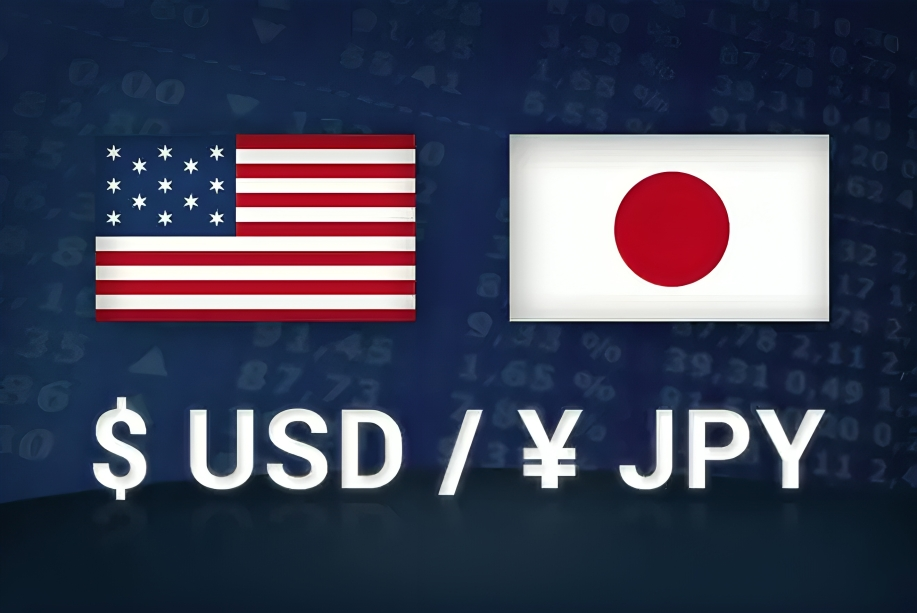EUR/USD Advances as US and Eurozone Q3 GDP Awaited: Economic and Market Analysis
The EUR/USD currency pair experiences an uptick in anticipation of significant economic data releases for both the United States and the Eurozone. Key GDP growth metrics are expected to shape market sentiment, especially as the Eurozone’s inflation aligns with the European Central Bank’s (ECB) target, and the US presidential election adds layers of uncertainty. Below, we break down this complex week ahead, examining contributing economic factors, market movements, and technical analysis.
EUR/USD and Key Economic Events
Focus on Eurozone and US GDP Data
Economic growth indicators for both regions are set to be focal points this week. The Eurozone’s GDP is projected to show a 0.8% year-over-year expansion for Q3, a slight improvement from Q2’s 0.6% growth. Quarter-over-quarter, however, a steady 0.2% growth rate is anticipated, consistent with Q2 figures. In contrast, Germany, the Eurozone’s largest economy, is expected to report a 0.3% contraction on an annual basis, signaling underlying economic challenges.
Meanwhile, US economic health will be scrutinized through key data points, including the JOLTS Job Openings and Nonfarm Payrolls (NFP) figures. The outcome of these indicators will influence Federal Reserve decisions, impacting the US Dollar and its performance against the Euro.
Market Sentiment Amid Economic Uncertainty
German Economic Challenges and the ECB’s Response
Germany’s economic contraction is a cause for concern within the Eurozone. As its largest economy, German performance often reflects the broader health of the Eurozone. ECB policymaker Joachim Nagel emphasized that while Germany’s government has introduced a growth package to counteract economic decline, further measures could be necessary by 2025. According to Nagel, these efforts are critical for fortifying economic growth in Germany and across the Eurozone.
US Presidential Election and Its Impact on EUR/USD
As the US election approaches, market participants remain wary of risk. Polls suggest a close race between former President Donald Trump and current Vice President Kamala Harris, with Trump’s economic policy stance—including potential tariff hikes on all economies except China—making him a polarizing figure in market sentiment. Should Trump emerge victorious, the anticipated tariff hikes would likely boost demand for the US Dollar as investors seek safe havens amid global trade uncertainties.
Technical Analysis: EUR/USD Performance Indicators
Resistance and Support Levels for EUR/USD
EUR/USD Gains as Dollar Eases
During North American trading hours, EUR/USD hovers slightly above 1.0800 as the US Dollar weakens after nearing a three-month high. The Dollar Index (DXY), which gauges the Dollar’s strength against six major currencies, retreats from the 104.60 mark. Despite the dip, the Dollar outlook remains robust, supported by risk-aversion trends tied to the upcoming US presidential election.
Technical Indicators: 200-Day EMA and Double Top Formation
EUR/USD is currently positioned above a key upward-sloping trendline around 1.0750, established from the October 3, 2023, low of 1.0450. However, the currency pair remains under pressure, trading below the 200-day Exponential Moving Average (EMA) near 1.0900, which acts as a key resistance level. Additionally, a previous breakdown from a Double Top formation around 1.1000 (noted on September 11) has reinforced bearish momentum.
RSI and Potential Downside Targets
The 14-day Relative Strength Index (RSI) indicates a strong bearish momentum, currently positioned within the 20.00-40.00 range. A drop below the critical 1.0750 support could propel the currency pair further downward towards the round-level support at 1.0700. Conversely, the 200-day EMA at 1.0900 and the psychological resistance level of 1.1000 provide possible barriers to any upward movement.
Macro-Level Impacts and Economic Growth Forecasts
Eurozone Economic Outlook and Inflation Projections
Investors in the Eurozone are monitoring GDP closely due to an expectation that inflation will hover around the ECB’s 2% target, leaving GDP as a more substantial influence on the ECB’s monetary policy decisions. Spain and other Eurozone nations have bolstered the region’s economic outlook, offsetting Germany’s anticipated contraction. The Eurozone’s modest economic growth projection reflects underlying resilience but also points to structural issues that may warrant intervention.
Growth Package and ECB’s Policy Stance
The German government’s growth package aims to invigorate economic activity, but ECB’s Joachim Nagel has cautioned against premature interest rate cuts, stating that any potential policy shift in December will be heavily dependent on incoming data. This includes GDP performance, inflation trends, and geopolitical events, like the US presidential election, which could shape global economic policies and trade.
Key Economic Indicators in the US
In the US, economic data such as job openings and employment growth will be crucial in determining the Federal Reserve’s monetary policy path. High demand for labor, reflected in strong JOLTS and NFP numbers, could sustain interest rate hikes to counter inflation. Conversely, any weakness in these areas may signal economic slowdown, prompting a more cautious approach by the Fed.
EUR/USD Daily Digest: Market Movers
USD Retreats, EUR/USD Holds Above Trendline
With the Dollar pulling back, EUR/USD has risen in the Monday North American session. Yet, the currency pair’s overall trend remains bearish, a sentiment reinforced by its position below the 200-day EMA and the breakdown of the Double Top formation. A potential downward trend below 1.0750 could pave the way for testing support at 1.0700, though resistance levels at 1.0900 and 1.1000 present notable obstacles for an upward shift.
Geopolitical Factors and Central Bank Dynamics
Ongoing debates among central bankers, particularly those attending the recent IMF meeting, signal broader concerns about global economic stability amid shifting US trade policies. Market participants appear to be positioning themselves for potential volatility tied to the election’s outcome. Central banks remain divided on whether to accelerate or slow monetary tightening, a decision heavily influenced by the inflationary and growth data from both the Eurozone and the US.
Potential EUR/USD Scenarios
As EUR/USD oscillates in a narrow range, investors are braced for a data-heavy week. Positive GDP data from the Eurozone or weaker-than-expected US economic indicators could lift the Euro, while any indication of German economic deterioration or US Dollar strength would likely exert downward pressure.
Preparing for a Volatile Trading Week
The EUR/USD pair is at a critical juncture with numerous macroeconomic and geopolitical events set to influence its trajectory. In the Eurozone, a fragile recovery underscores the need for continued ECB support, particularly as Germany grapples with economic headwinds. Meanwhile, US data and election dynamics could sway Dollar strength, impacting the currency pair. Traders are advised to closely monitor support and resistance levels, with key psychological barriers at 1.0750 on the downside and 1.0900 to 1.1000 on the upside.
With economic indicators and political uncertainty intertwined, the EUR/USD’s near-term performance will likely mirror market sentiment shifts, especially as data releases illuminate the economic health of the Eurozone and the US. Risk management and technical analysis will be crucial for traders navigating this potentially volatile landscape.







